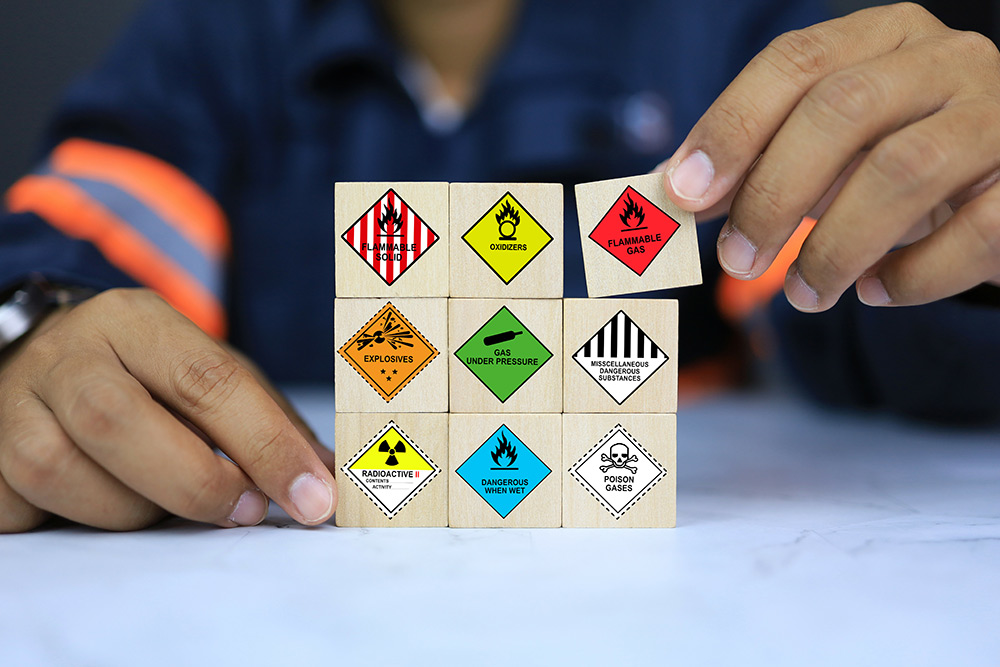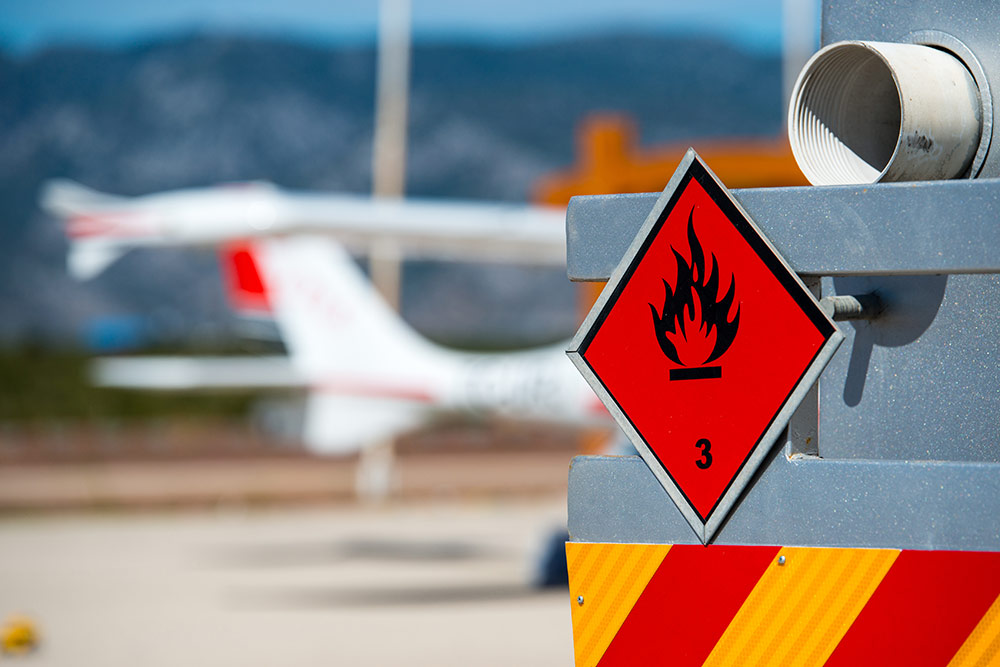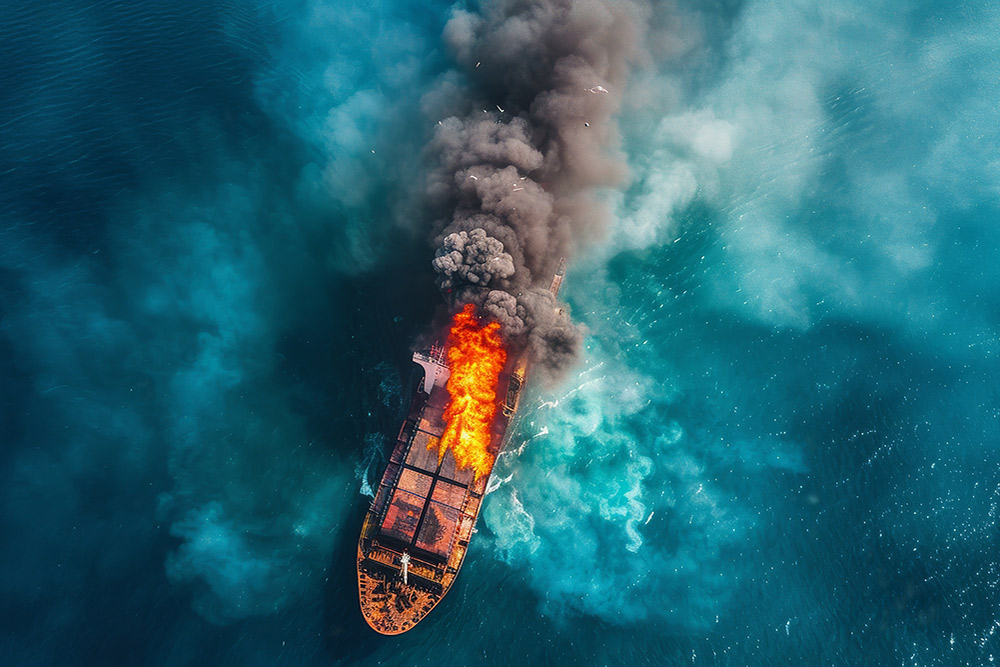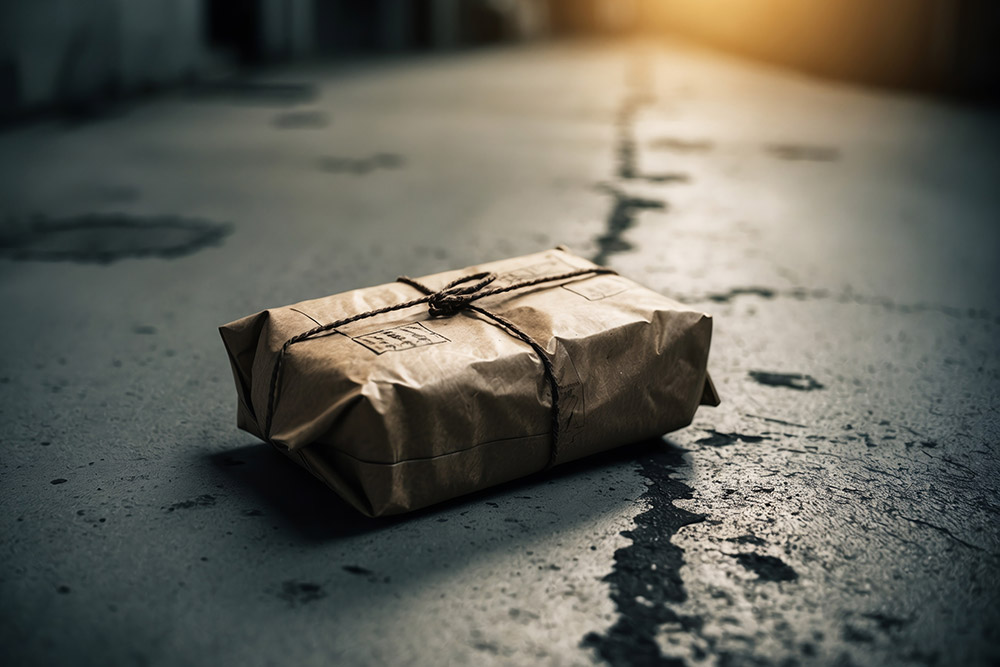A recent report by the Cargo Integrity Group, a body that focuses on improving safety in the global supply chain, has identified 15 cargo types that cause dangerous incidents in ocean freight containers under certain conditions.
The organisation has urged stakeholders to pay particular attention to them and to follow all regulations and industry best practices, noting that these items are usually transported safely but become hazardous if handled incorrectly, especially when being mis-declared or accompanied by incorrect information. about their identity are more likely to be involved in incidents.
The list is based on data from leading freight insurance providers, and some of the items will surprise many. Each item illustrates a common type of hazard, which they divide into three categories:
Reactive Hazards
Cargoes can catch fire and cause significant damage and casualties under certain conditions and are generally subject to Dangerous Goods regulations.
- Charcoal / carbon
- Calcium Hypochlorite
- Lithium-ion batteries
- Cotton and wool
- Fishmeal and krill
- Seed cakes
Spill or Leak Risks
Commodities can present a risk if not packed properly or if they are damaged. Spills or leaks from these cargoes can harm the health of people cleaning up the spill as well as the environment.
- Hides and skins
- Wine
- Bitumen
- Cocoa butter
- Waste – recycled engines and engine parts
- Vegetable and other oils, particularly when packed in flexitanks
Improper Packing Consequences
Cargoes that are poorly or incorrectly packed or secured in the container can lead to injuries to personnel or damage to nearby containers, property, or other cargo.
- Logs and timber
- Steel coils
- Marble and granite
Evolution Forwarding specialise in dangerous goods movements, by air, ocean and road. We provide complete solutions for packing, documentation, compliance and training for dangerous goods products. For further information please email info@evolutionforwarding.com or call 0800 4346244.






